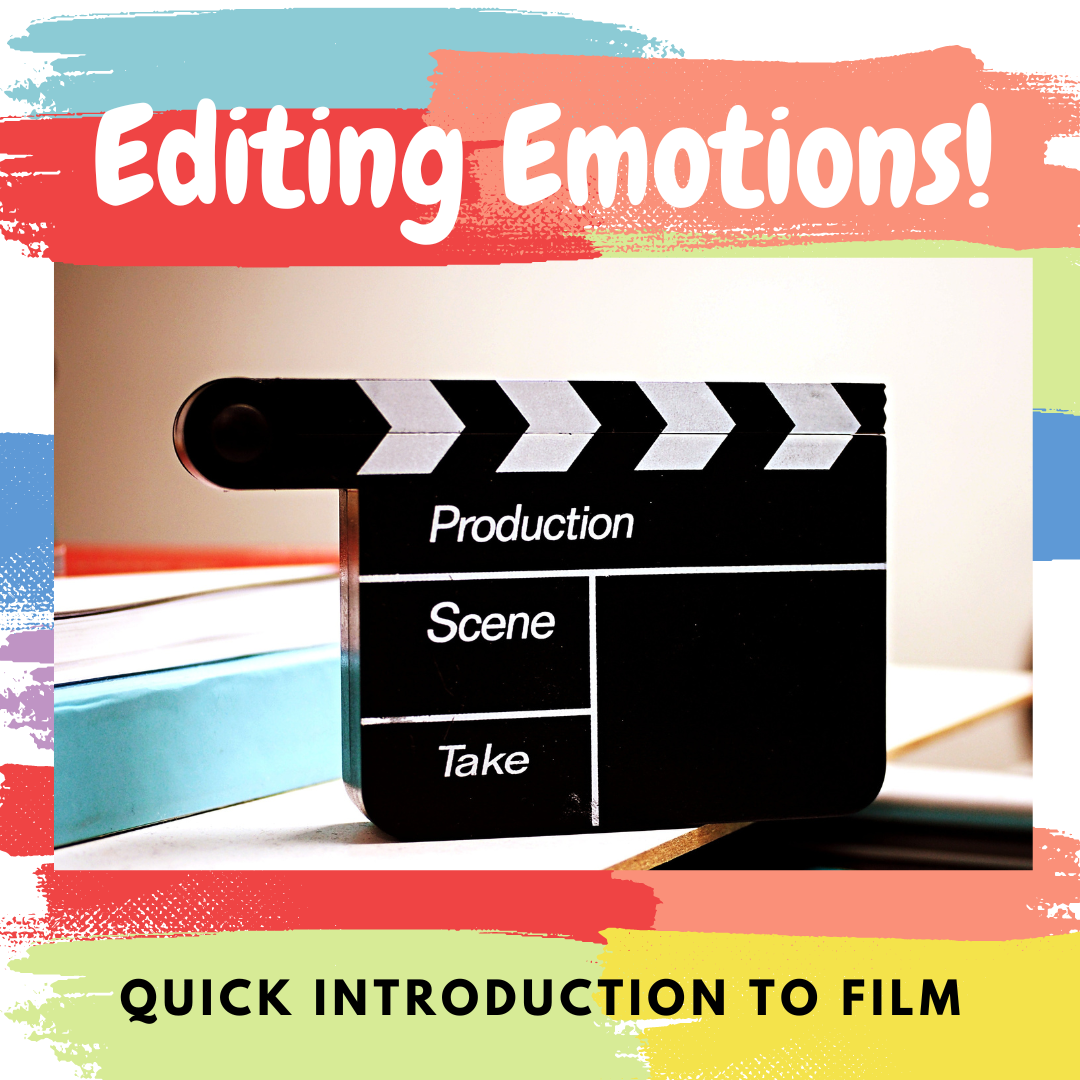Overview
In this lesson, students learn about the history of film editing and how shot composition, juxtaposition of images and the use of rhythm and repetition in film editing can affect the emotional impact of a film. Students begin by watching a video on the basics of film editing and answering questions to aid their comprehension. They then view and analyze a slideshow demonstrating basic ways in which the “building blocks” of film editing can affect a film’s emotional impact, and discuss how this can affect a film’s rating. Finally, students create their own film and/or storyboard, using the editing techniques they’ve learned to produce different emotional effects with the same collection of shots.
NB Curricular Outcomes
Technology (6-8)
- Strand: Information Technology Skills, Big Idea: Devices.
- Strand: Design Thinking Skills, Big Idea: Problem Solving
What you will need
- “Editing Emotions” PDF kit – Editing Emotions | MediaSmarts
- Photocopies of the following handouts :
- Video: The Basics and Theory of Film Editing question sheet
- Editing Emotion Assignment Sheet Junior Version (for grades 5-6)
- Editing Emotion Assignment Sheet Senior Version (for grades 7-9)
- Camera Shots
- Camera Moves
- Storyboard Template (print multiple copies for each student)
- Projector and slides Editing Emotion slideshow ready (PDF kit).
- Video The Basics and Theory of Film Editing (PDF kit)
Instructions
- Optional: Show students the Media 101 videos: Media are constructions and Each medium has a unique aesthetic form found inside the PDF kit.
- Start a discussion on the different jobs in movies (discussion questions found inside the PDF kit).
- Distribute the handout Introduction to Film Editing. Have students watch the “The Basics and Theory of Film Editing” video and answer questions 1-4 on the handout.
- Explain to students what a storyboard is and how directors and cinematographers use it.
- Show the slideshow. Explanations for each slide and the overall slideshow can be found in the PDF kit.
- Now ask students: “How do you think editing can affect the mood or emotional impact of a scene?”
- Make sure to talk about the effect of composition, order of shots and reaction shots for the audience.
- Ask students how the emotional effects of editing can influence a movie’s film rating. If students aren’t familiar with the idea of film ratings, explain to them that each province has a method for rating films to help parents decide whether or not their children should watch them.
- There are two versions of this task, one for grades 5-6 and one for grades 7-9. For both versions, you may choose to have students simply complete a storyboard or continue working further to complete it as a film project.
- Download the resource package for more detailed and complete instructions as well as assessment and evaluation tasks and rubrics for grades 5-6 and grades 7-9.
Reflection Activity
Please see the attached PDF for several choices on how you and your learners can reflect upon today’s activity.






